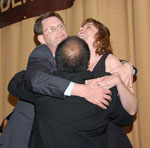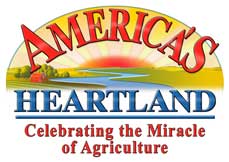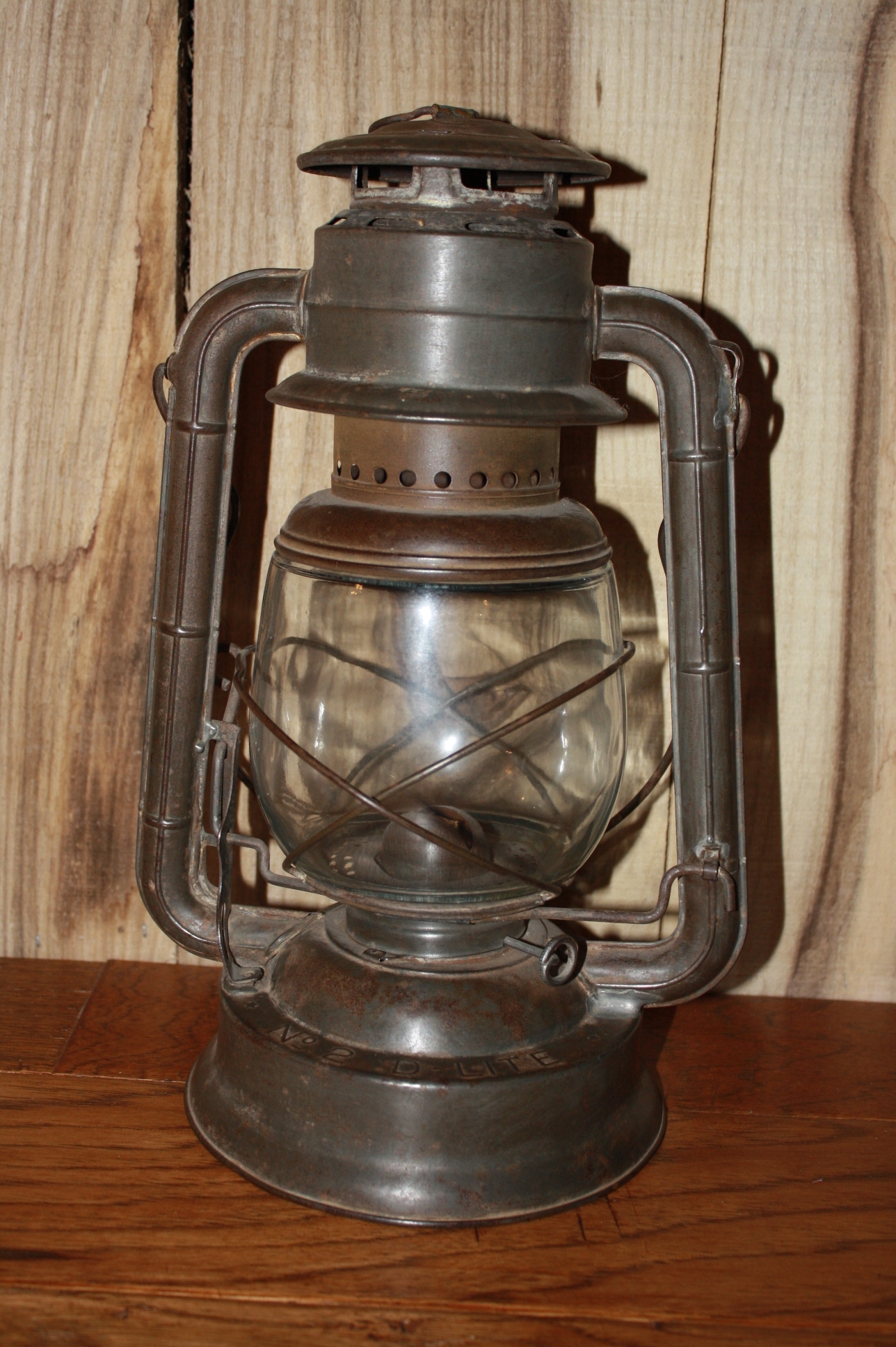A popular agricultural accounting program is getting a face lift.
 AgriSolutions®, the developer of AgManager® accounting software, is announcing an exciting new release which includes many feature updates and a new, easy-to-use interface. These improvements further enhance the ability of agricultural producers to manage the demands of their modern farm businesses. The agricultural accounting experts at AgriSolutions Inc., of Brighton, Ill., will release the upgrade on the company’s website, www.agrisolutions.com, on November 17.
AgriSolutions®, the developer of AgManager® accounting software, is announcing an exciting new release which includes many feature updates and a new, easy-to-use interface. These improvements further enhance the ability of agricultural producers to manage the demands of their modern farm businesses. The agricultural accounting experts at AgriSolutions Inc., of Brighton, Ill., will release the upgrade on the company’s website, www.agrisolutions.com, on November 17.
AgManager®, an “old friend” to many farmers and ag accountants, is getting a new face and enhanced functionality, according to AgriSolutions Assistant Director of Operations Carolyn Roberts. The early leader in producers’ implementation of managerial accounting, this customized software comes packaged with individualized set up, technical support, live and online training, updates, and benchmarking. Expert management consultation is available to provide additional financial insight.
“For U.S. farmers and their accountants, modern times demand modern tools. All types of ag producers today face tighter margins than in the past. Marketing techniques, from hedging to contract sales, add complexity to tracking costs and projecting potential income,” said Roberts. “It’s an ever-changing environment that calls for top-notch accounting software, and ongoing support to back it up.”
New AgManager® features boost user-friendliness as farm accountants input transactions, monitor financial position and create reports, Roberts said. The software has a new menu structure that improves user navigation and adds “tool tips” which make it easier for new users to understand the menu options. There also are updated icons, a new calendar for easy date selection, and a new calculator that quickly updates amount fields and includes an electronic “tape.” All of these features are designed to make data entry and navigation much easier for the user.
Read more here.
 I only get to do this once a year and when I get lucky with a nice buck I’ve got to share. I enjoyed a great post-NAFB convention deer hunt once again. In fact, next year will be my 20th anniversary of fall Missouri deer hunting. Kind of hard to believe. My brother Paul and his sons joined me and Gary Cooper, Southeast AgNet, again this year for a fun and safe time in the woods.
I only get to do this once a year and when I get lucky with a nice buck I’ve got to share. I enjoyed a great post-NAFB convention deer hunt once again. In fact, next year will be my 20th anniversary of fall Missouri deer hunting. Kind of hard to believe. My brother Paul and his sons joined me and Gary Cooper, Southeast AgNet, again this year for a fun and safe time in the woods.
 Did we take your picture at NAFB last week?
Did we take your picture at NAFB last week? There were lots of ethanol issues to discuss at the National Association of Farm Broadcasting annual Trade Talk event in Kansas City last week. The topics included the lame duck session of Congress, importance of renewing biofuels tax incentives, doing more to invest in cellulosic ethanol, labeling for E15 at the pump, just to name a few.
There were lots of ethanol issues to discuss at the National Association of Farm Broadcasting annual Trade Talk event in Kansas City last week. The topics included the lame duck session of Congress, importance of renewing biofuels tax incentives, doing more to invest in cellulosic ethanol, labeling for E15 at the pump, just to name a few.

 For the first time since its successful launch in 2005 as the only nationally-broadcast television series celebrating American agriculture, America’s Heartland has completely re-designed its website (
For the first time since its successful launch in 2005 as the only nationally-broadcast television series celebrating American agriculture, America’s Heartland has completely re-designed its website (
 “Bringing Pam and her show into the Farm Journal Media family is a significant statement and addition to our advocacy efforts with the Farm Journal Agricultural Foundation and in kick-starting our new broadcast and Internet radio product line”, stated Andy Weber, CEO of Farm Journal Media. “Pam is an award-winning farm broadcaster and is both well-connected and well-known for her advocacy efforts on behalf of agriculture. Her values, experience and talent are a perfect fit, and she and her show lead us to a number of opportunities.”
“Bringing Pam and her show into the Farm Journal Media family is a significant statement and addition to our advocacy efforts with the Farm Journal Agricultural Foundation and in kick-starting our new broadcast and Internet radio product line”, stated Andy Weber, CEO of Farm Journal Media. “Pam is an award-winning farm broadcaster and is both well-connected and well-known for her advocacy efforts on behalf of agriculture. Her values, experience and talent are a perfect fit, and she and her show lead us to a number of opportunities.” Agriculture Secretary Tom Vilsack was asked three times about some aspect of the
Agriculture Secretary Tom Vilsack was asked three times about some aspect of the 